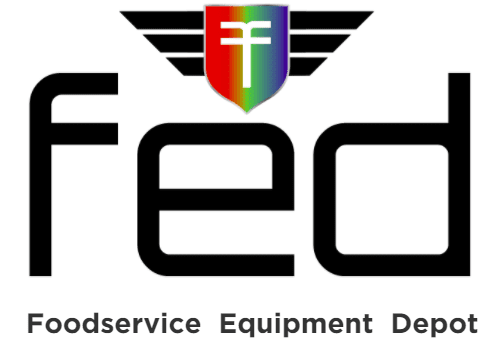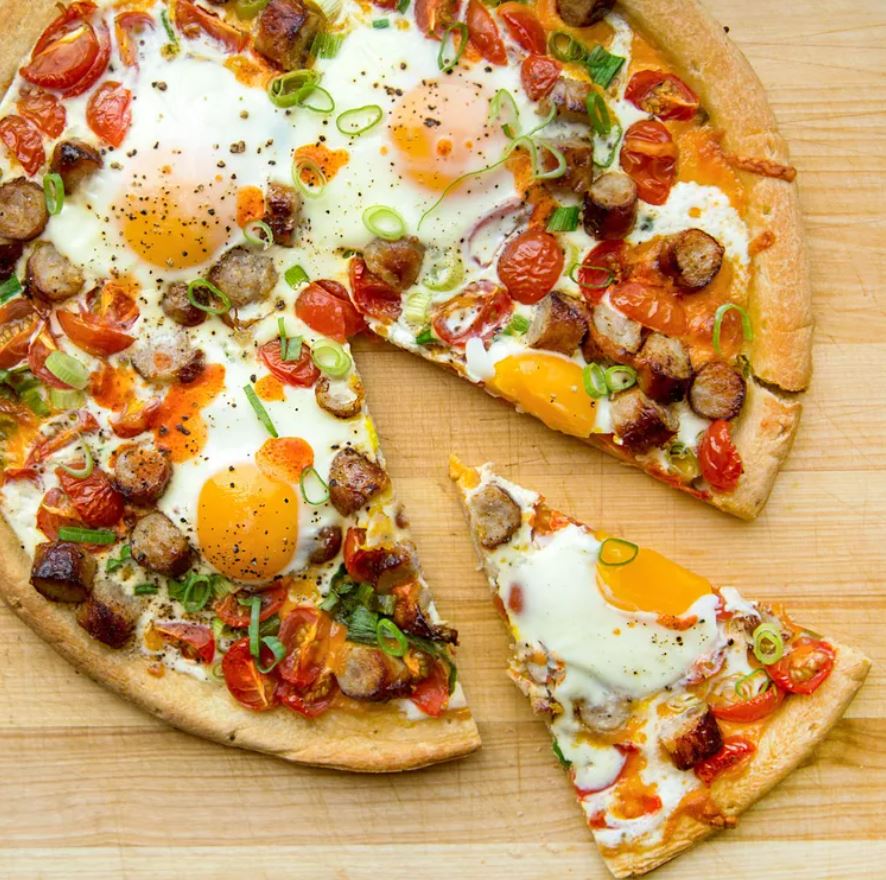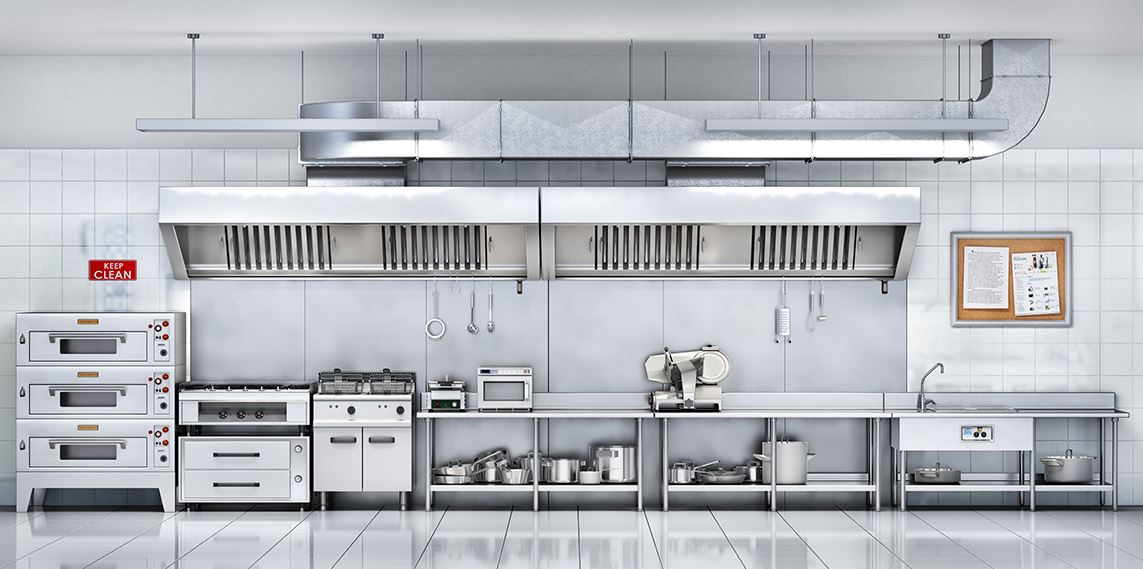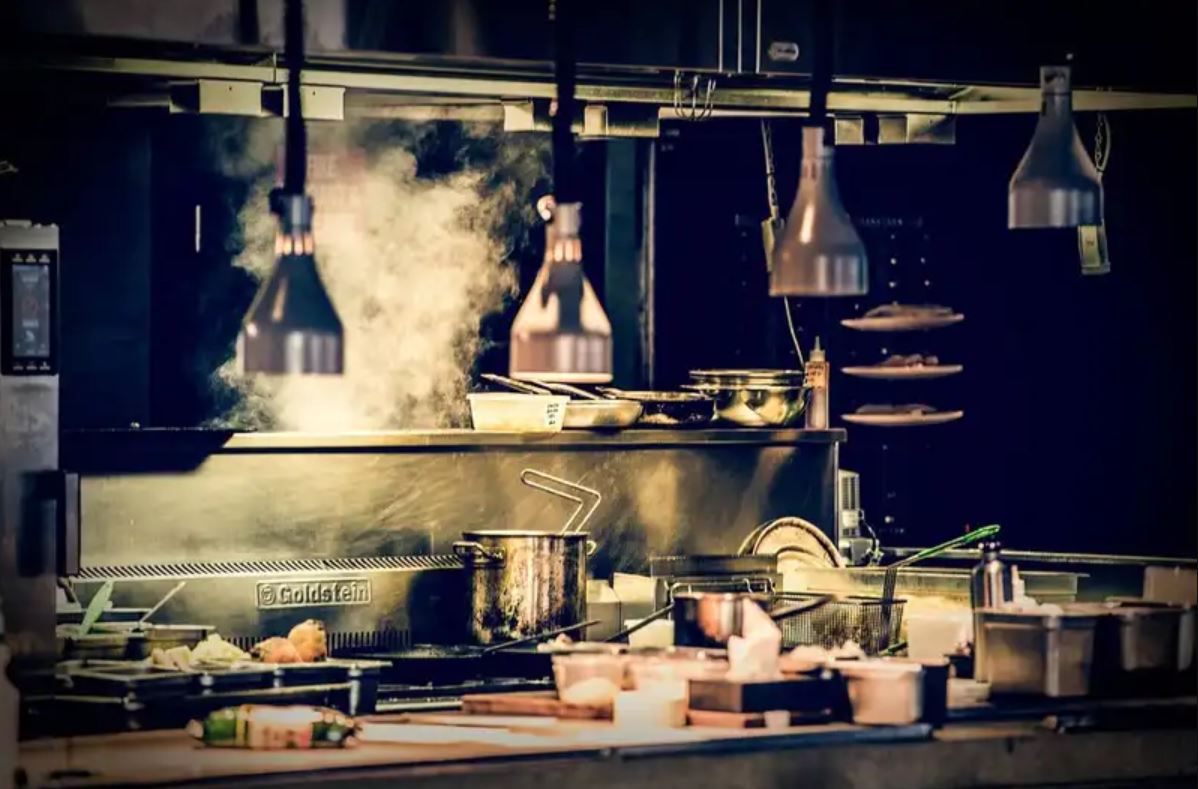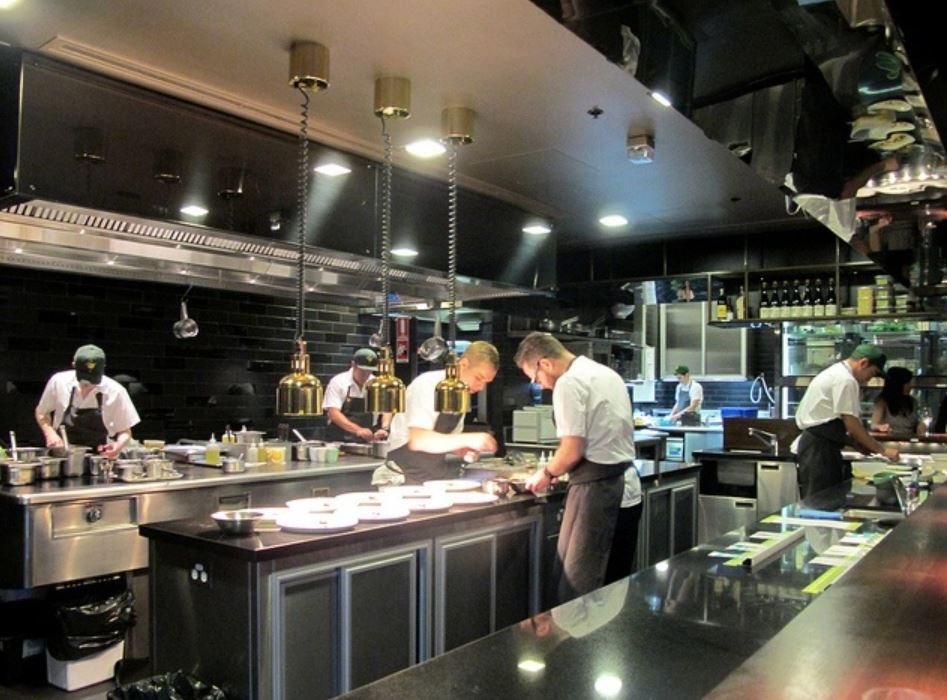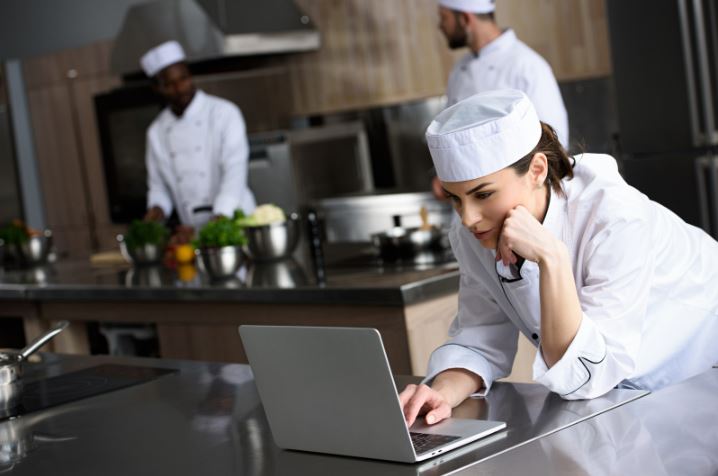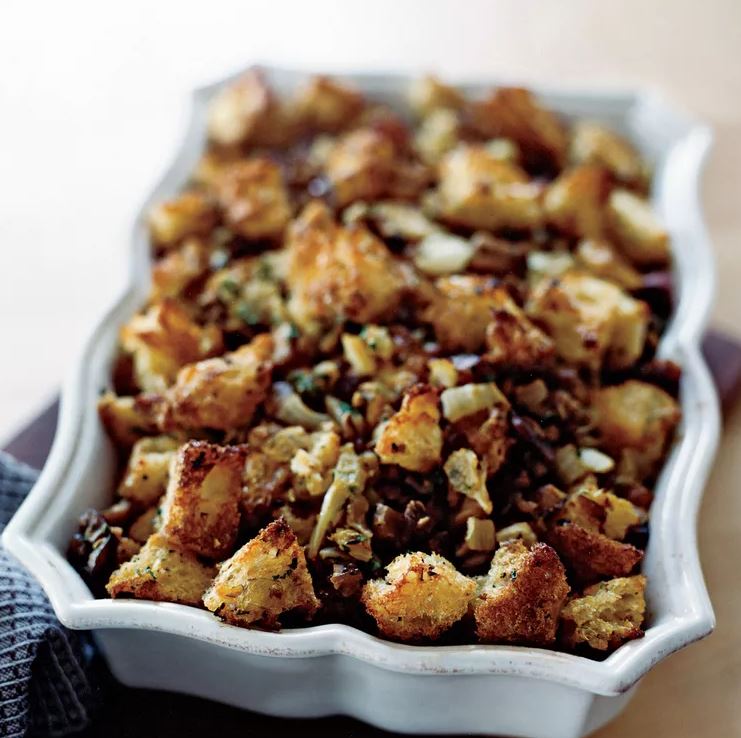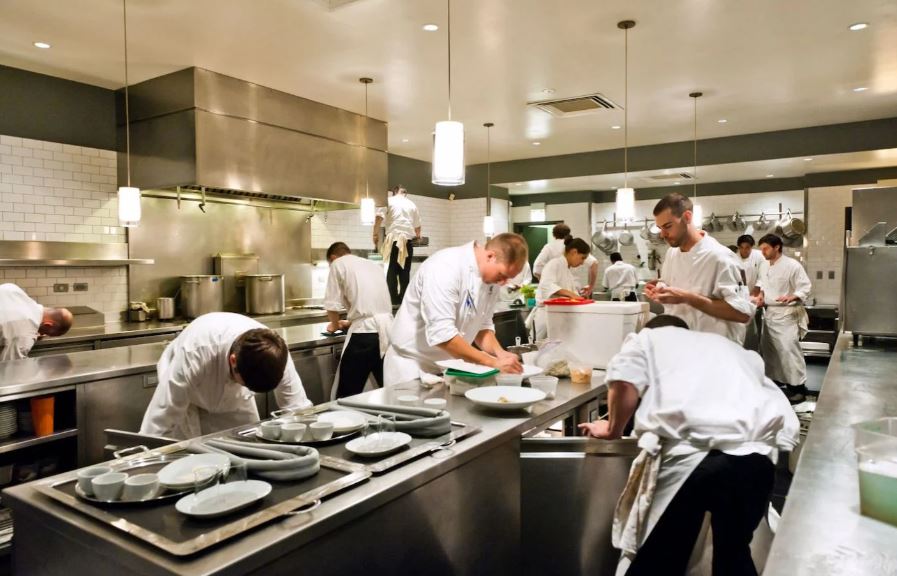
Prep Perfection: A Guide to Restaurant Prep Tables
The kitchen is the lifeline of any restaurant in the fast-paced world of fine dining. Every mouthwatering meal that is delivered to customers is the result of an even balance of ability, precision, and a clean kitchen. The restaurant prep table, an often-overlooked hero, is the central component of this
